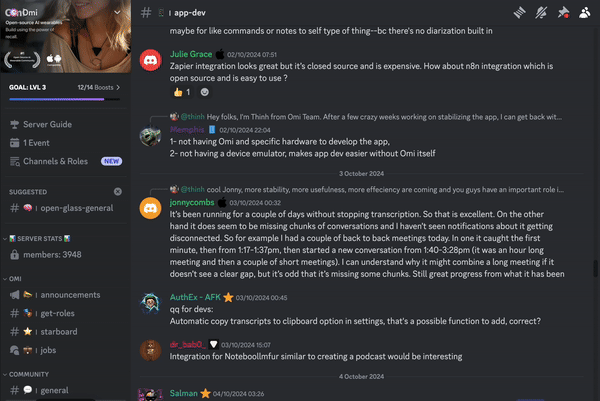Introduction to Salesforce Bulk API and Its Purpose
- The Salesforce Bulk API is designed to handle massive data operations effectively, making it ideal for tasks that require inserting, updating, upserting, or deleting large numbers of Salesforce records.
- Using asynchronous processing, the Bulk API ensures that these large-scale operations do not affect the performance of your Salesforce instance.
Prerequisites for Java Integration
- Ensure that you're using a compatible Java version that supports necessary libraries and dependencies.
- Include necessary Salesforce SDKs and libraries like `force-partner-api` or `salesforce-bulk-api` in your Maven or Gradle setup.
Authenticate with Salesforce
- To interact with the Salesforce API, you need to authenticate using OAuth2.0 to obtain an access token. This token is necessary for session management and secure data transactions.
// Sample code for OAuth authentication
RestTemplate restTemplate = new RestTemplate();
MultiValueMap<String, String> requestMap = new LinkedMultiValueMap<>();
requestMap.add("grant_type", "password");
requestMap.add("client_id", "YOUR_CLIENT_ID");
requestMap.add("client_secret", "YOUR_CLIENT_SECRET");
requestMap.add("username", "YOUR_USERNAME");
requestMap.add("password", "YOUR_PASSWORD" + "YOUR_SECURITY_TOKEN");
ResponseEntity<Map> response = restTemplate.postForEntity("https://login.salesforce.com/services/oauth2/token", requestMap, Map.class);
String accessToken = (String) response.getBody().get("access_token");
Initiating the Bulk API Job
- Create a Bulk API job using the access token. The job will dictate the type of operation (insert, update, delete, etc.) and the object you wish to act on.
// Sample code for creating a Bulk API job
String uri = "https://yourInstance.salesforce.com/services/async/48.0/job";
HttpHeaders headers = new HttpHeaders();
headers.set("Authorization", "Bearer " + accessToken);
headers.setContentType(MediaType.APPLICATION_JSON);
String jobBody = "{ 'operation' : 'insert', 'object' : 'Account', 'contentType' : 'CSV' }";
HttpEntity<String> entity = new HttpEntity<>(jobBody, headers);
ResponseEntity<String> jobResponse = restTemplate.postForEntity(uri, entity, String.class);
Uploading Batches of Data
- The Bulk API processes data in batches. Convert your data into a CSV format, as this is the most commonly used content type. Ensure that your CSV is properly formatted to match Salesforce field requirements.
- Upload your CSV data in chunks. Monitor the state of each batch to ensure successful processing, and handle errors if necessary.
// Sample code for uploading data batches
String batchUri = "https://yourInstance.salesforce.com/services/async/48.0/job/YOUR_JOB_ID/batch";
String csvData = "Name,Industry\nExampleName,ExampleIndustry";
HttpEntity<String> batchEntity = new HttpEntity<>(csvData, headers);
ResponseEntity<String> batchResponse = restTemplate.postForEntity(batchUri, batchEntity, String.class);
Monitor Bulk Job Progress
- Use Salesforce's API endpoints to check the status of your batches. This allows you to track the progress of your bulk operation and handle any failures or timeouts.
// Sample code for monitoring job status
String jobStatusUri = "https://yourInstance.salesforce.com/services/async/48.0/job/YOUR_JOB_ID/batch/YOUR_BATCH_ID";
ResponseEntity<String> statusResponse = restTemplate.getForEntity(jobStatusUri, String.class);
Handling Successful and Failed Operations
- Once batches are processed, Salesforce provides results indicating success or failure. Retrieve and parse these results to determine which records need attention.
// Sample code for retrieving batch results
String resultUri = "https://yourInstance.salesforce.com/services/async/48.0/job/YOUR_JOB_ID/batch/YOUR_BATCH_ID/result";
ResponseEntity<String> resultResponse = restTemplate.getForEntity(resultUri, String.class);
// Log or process the result
System.out.println(resultResponse.getBody());
Conclusion and Best Practices
- Always ensure batch sizes comply with Salesforce limits, and implement error handling for failed batches. This minimizes disruptions and enhances data integrity.
- Consider systematic logging of operations for easy troubleshooting, scalability, and maintaining an audit trail.
























